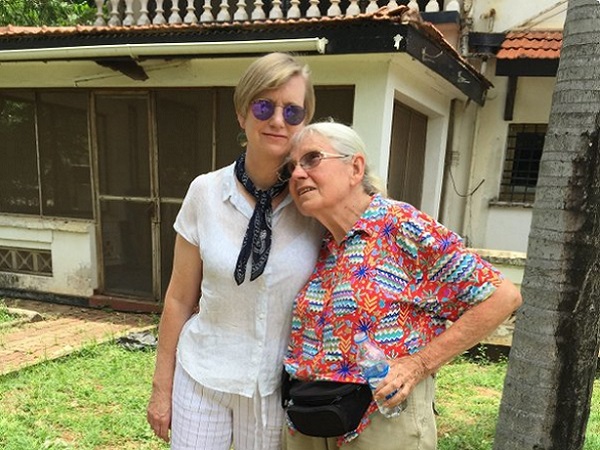‘Best practices in trauma reporting’ – Kevin Kawamoto
Reporting on trauma will be a part of many journalists’ careers. How do journalists learn to do this in a manner that is both sensitive to the victims and their families and self-protective of themselves? These are skills not taught in journalism schools and training may be lacking on the job. Journalists need to learn how to do it themselves. This 26-page booklet, released in January 2005, is a great place to start.
The Dart Centre for Journalism and Trauma is dedicated to improving coverage of trauma, tragedy and conflict. Each year it gives the Dart Award to journalists whose pieces “best portray victims and their experiences with accuracy, insight and sensitivity while illustrating the effects of violence on victim’s lives and the process of recovery from emotional trauma.”
For the booklet, Kevin Kawamoto, a journalism educator at the University of Hawaii, has analysed 12 Dart Award-winning pieces and identified a set of common attributes. He calls these the Best Practices in Trauma Reporting.
The booklet outlines 16 principles and backs each of these up with examples drawn from the winning pieces. These include guidelines for length, style, sourcing, and layouts and visuals. It also includes a section on self-care for journalists.
Chris McNarama is a final-year Bachelor of Journalism student at La Trobe University.




